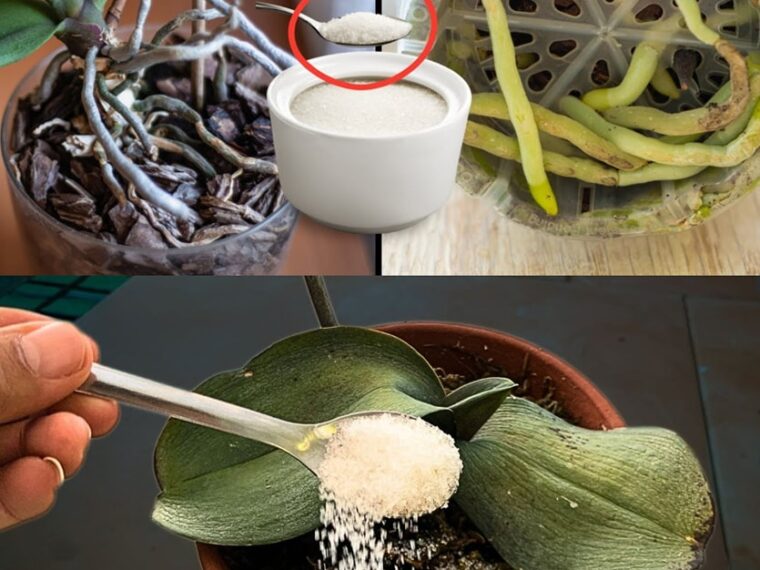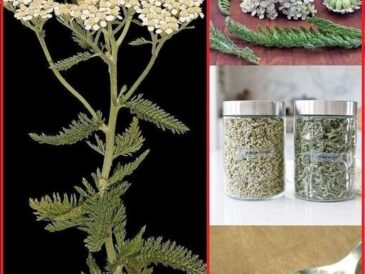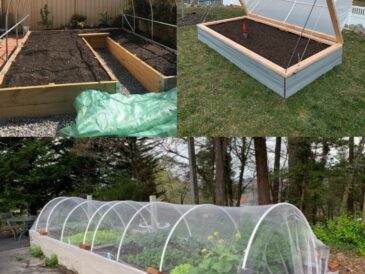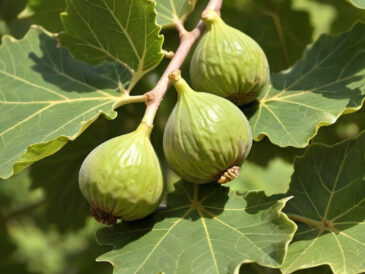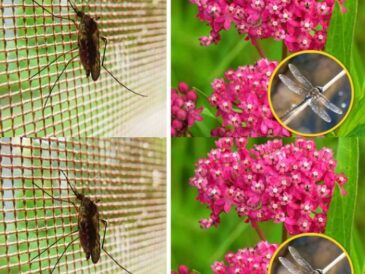3. Banana Peels: Potassium Powerhouse
Banana peels are rich in potassium, an essential nutrient that supports overall plant health, strengthens roots, and enhances flowering and fruiting. They also contain small amounts of calcium, magnesium, and phosphorus.
How to use:
- Chop banana peels into small pieces and bury them in the soil near the roots of your plants.
- Alternatively, you can soak banana peels in water for a few days to create a nutrient-rich “banana peel tea” that can be used to water your plants.
Benefits:
- Promotes healthy root development.
- Encourages vibrant blooms and increased fruit production.
- Adds organic matter to the soil, improving its texture and fertility.
4. Used Tea Leaves: Nitrogen and Organic Matter
Used tea leaves, like coffee grounds, are a great source of nitrogen. They also contain tannins, which can help in breaking down organic matter in the soil, making nutrients more available to plants.
How to use:
- After brewing your tea, remove the used leaves from the bag (if using tea bags) and allow them to cool.
- Sprinkle the leaves around your plants or mix them into the soil.
- You can also add used tea leaves to your compost bin to enhance its nutrient content.
Benefits:
- Enriches the soil with nitrogen and other essential nutrients.
- Improves soil structure and water retention.
- Helps in creating a healthy, nutrient-rich environment for your plants.
5. Vegetable and Fruit Scraps: Compost Gold
Vegetable and fruit scraps are among the most versatile natural fertilizers you can find in your kitchen. When composted, they break down into nutrient-rich organic matter that can be used to nourish your garden.
How to use:
TO CONTINUE READING PLEASE SEE NEXT PAGE
